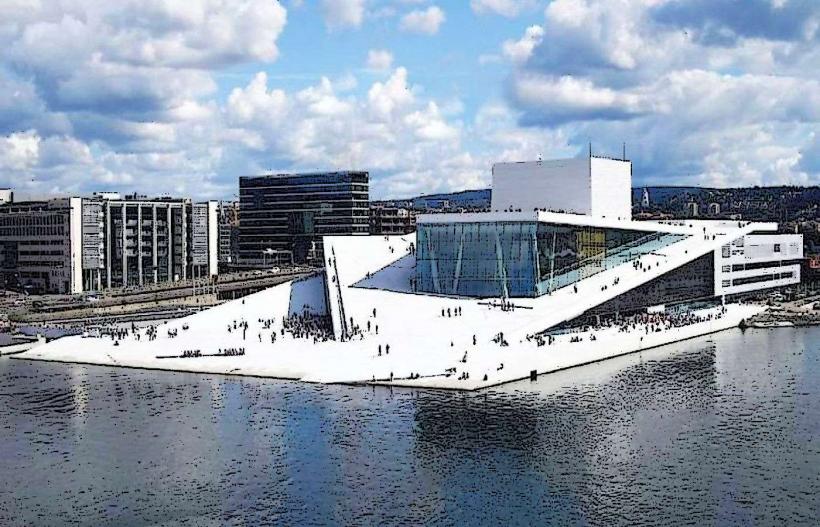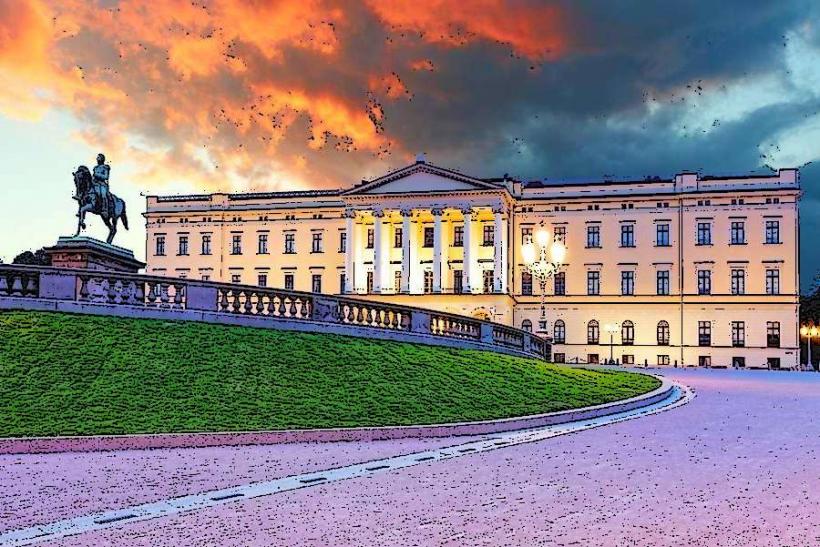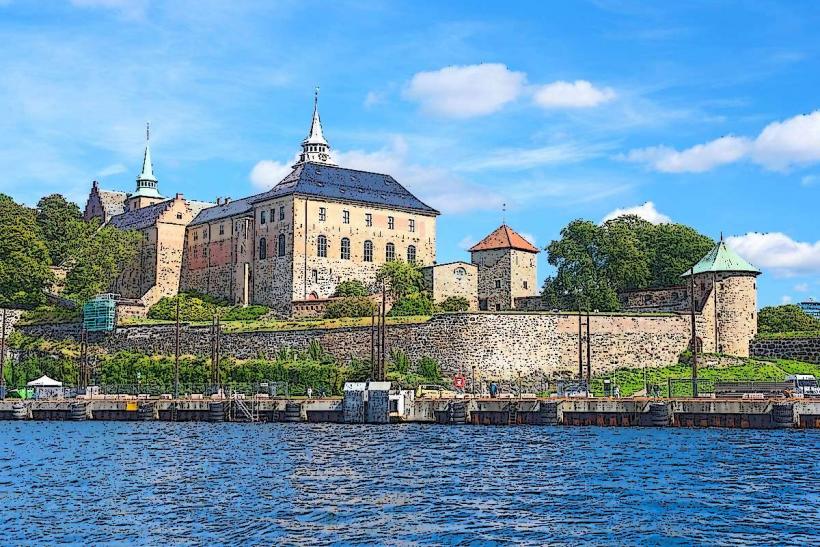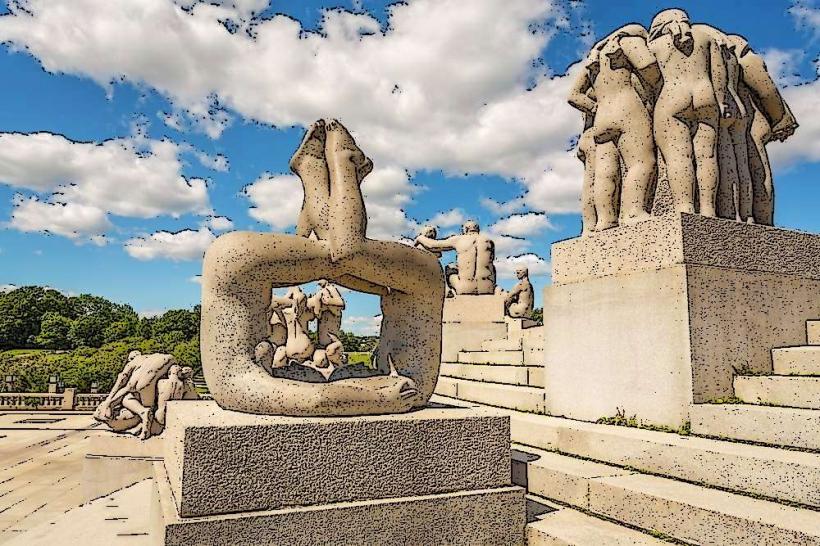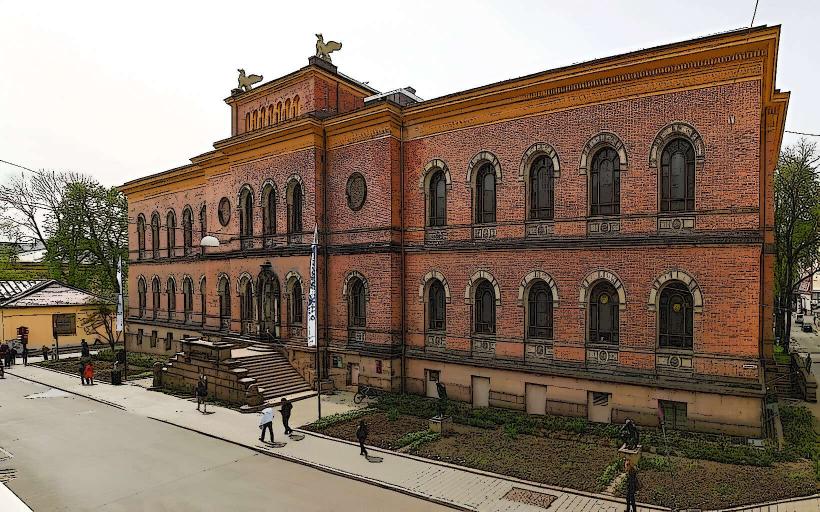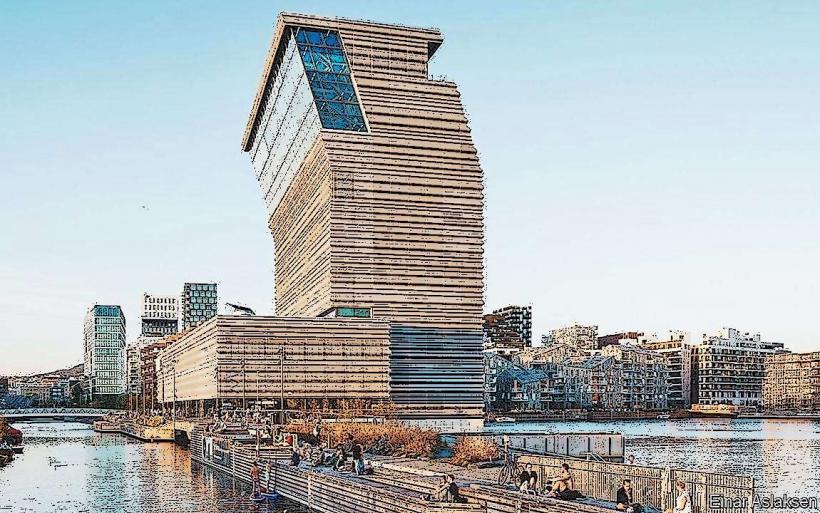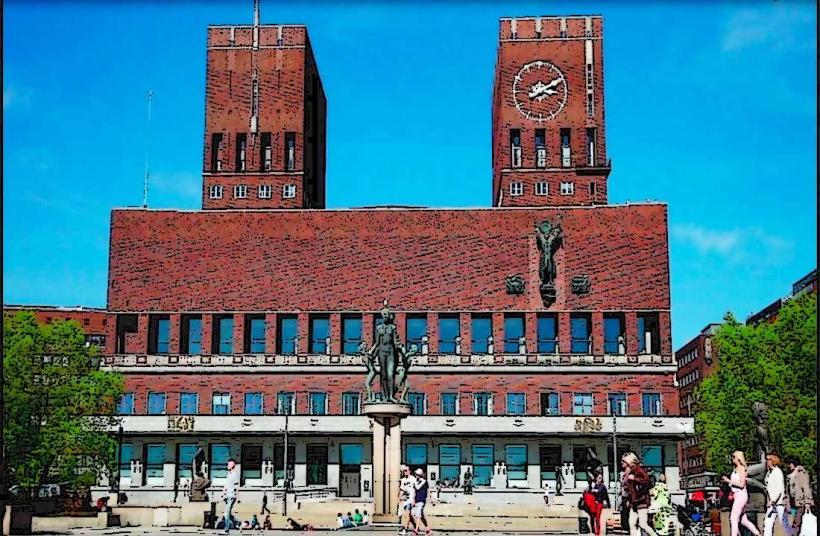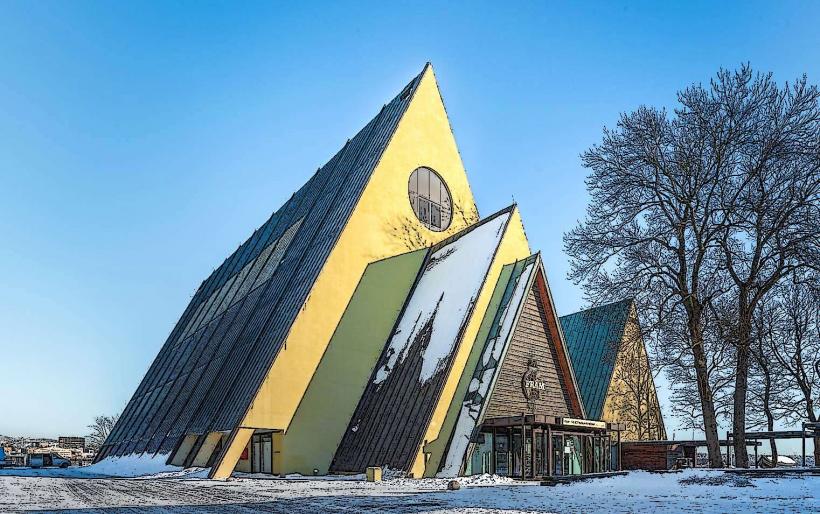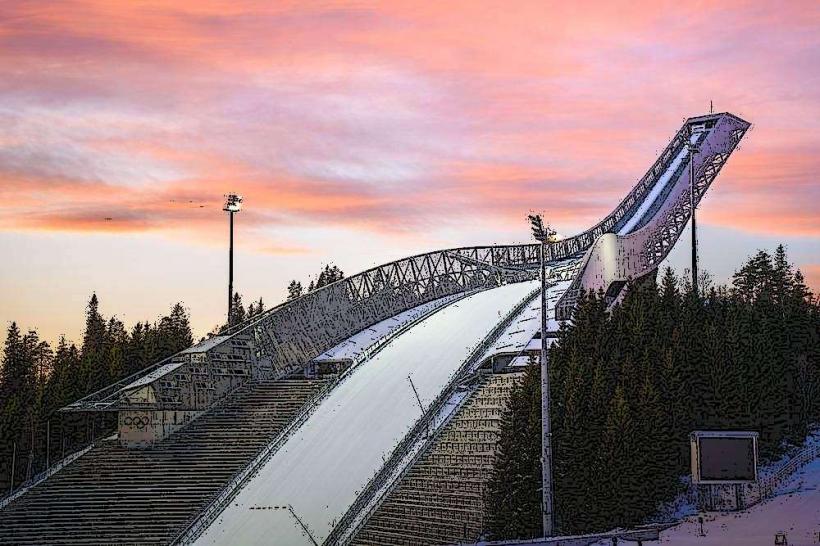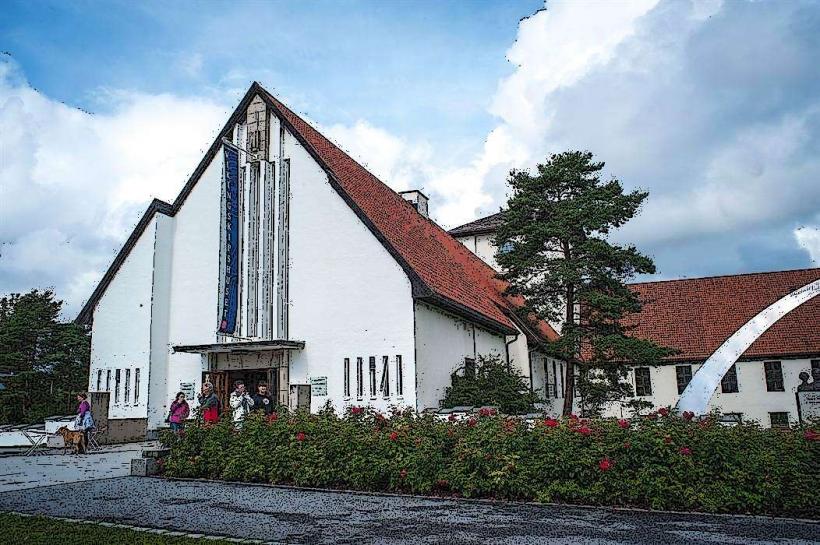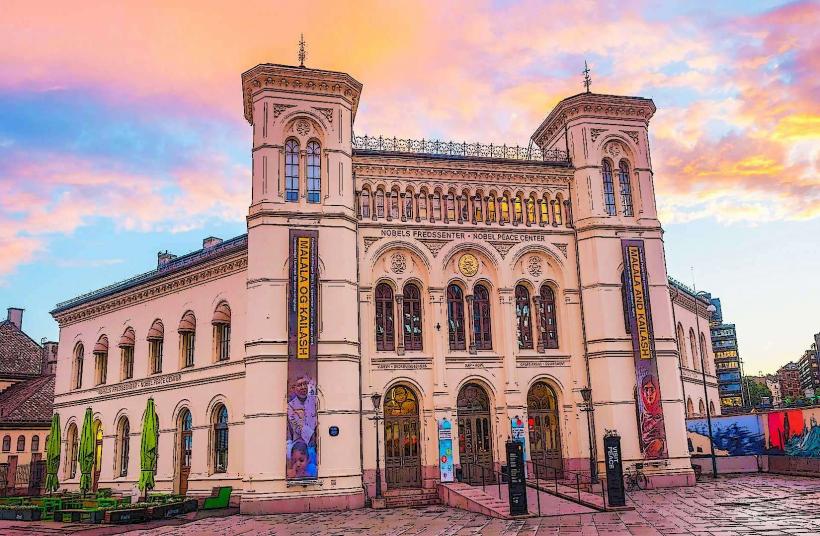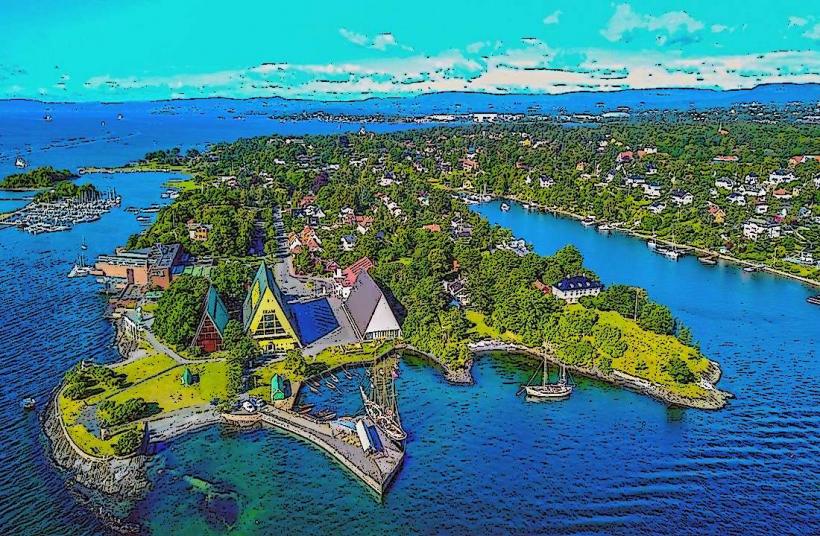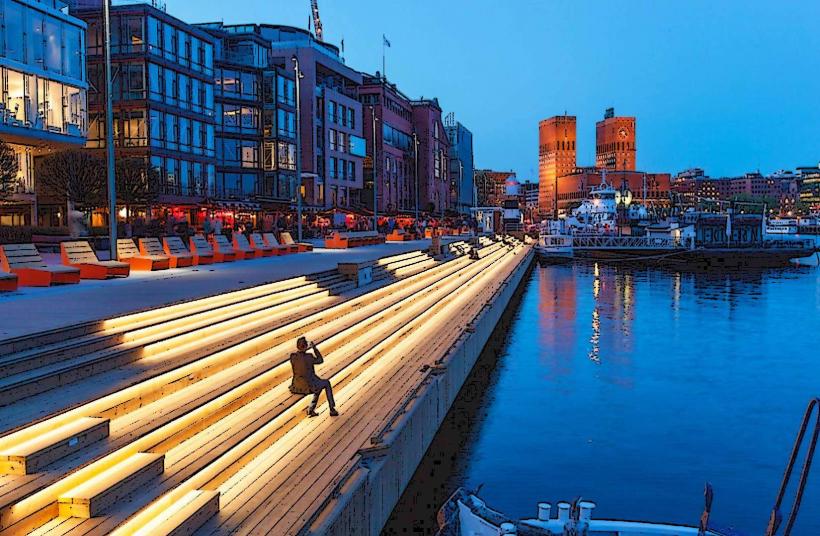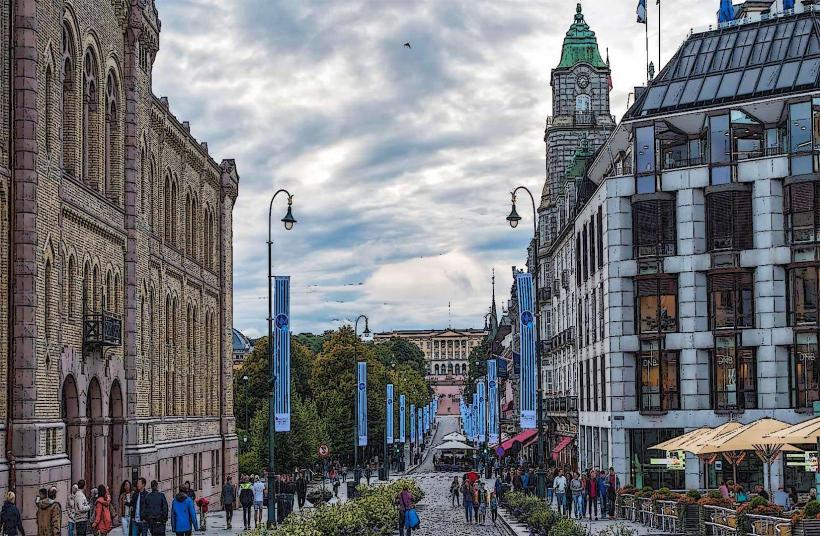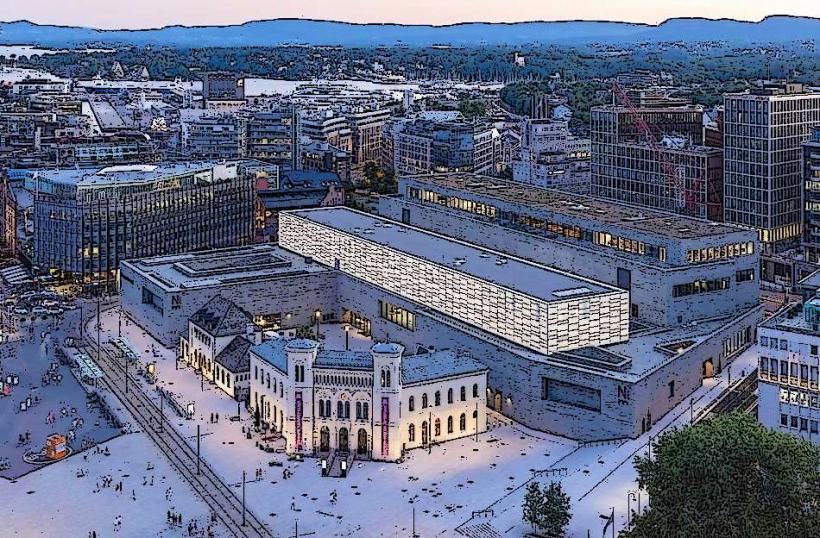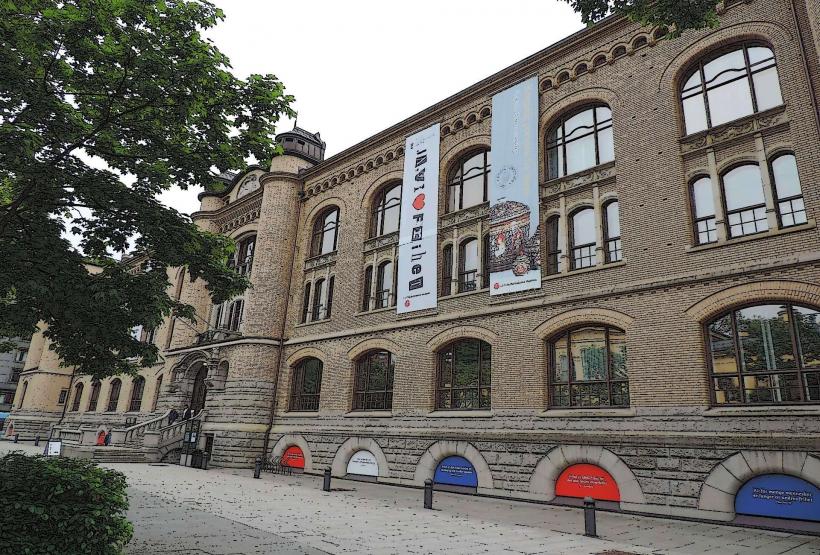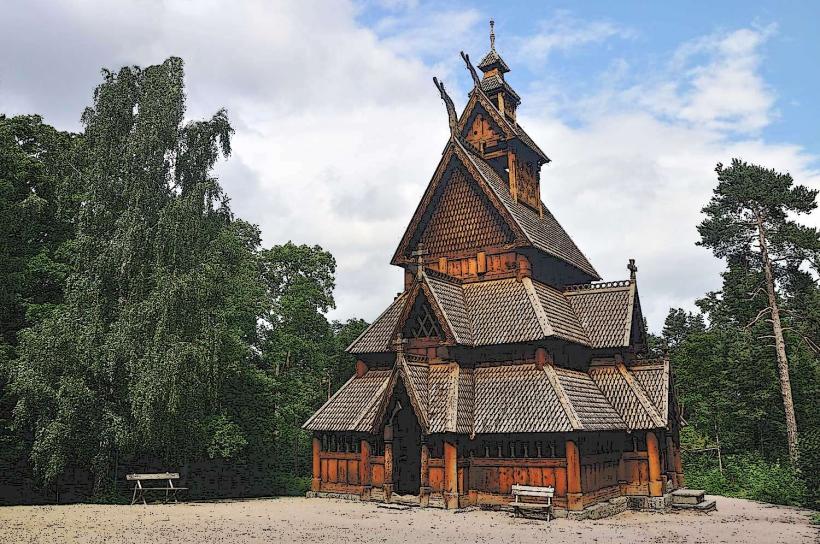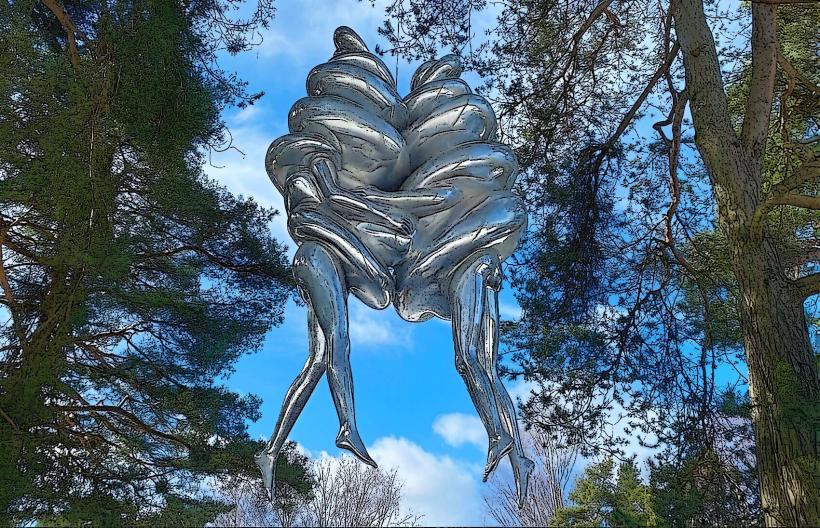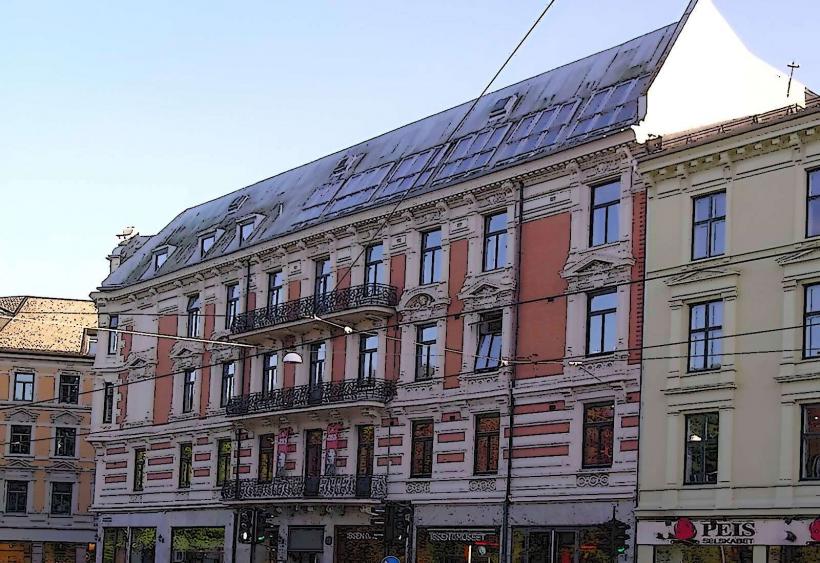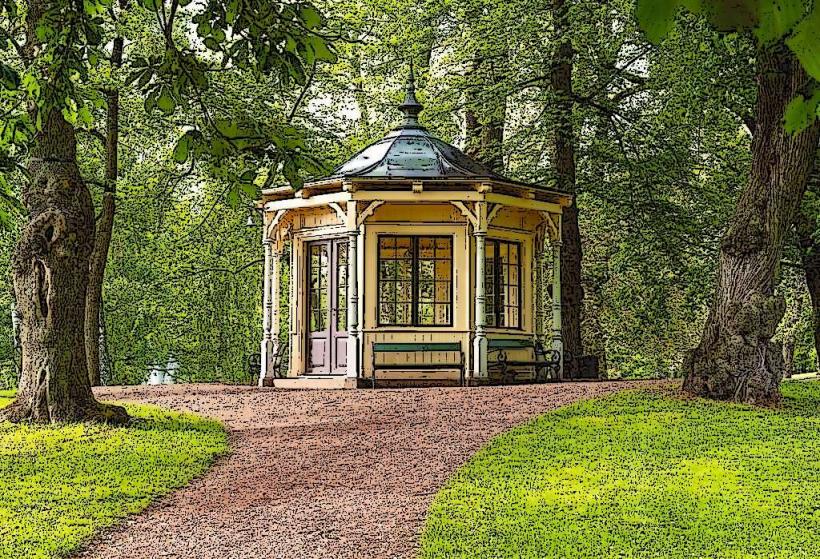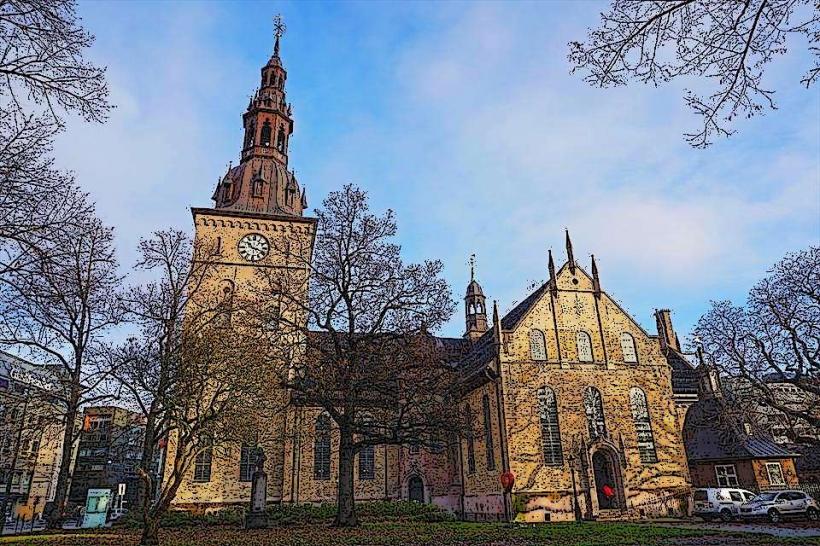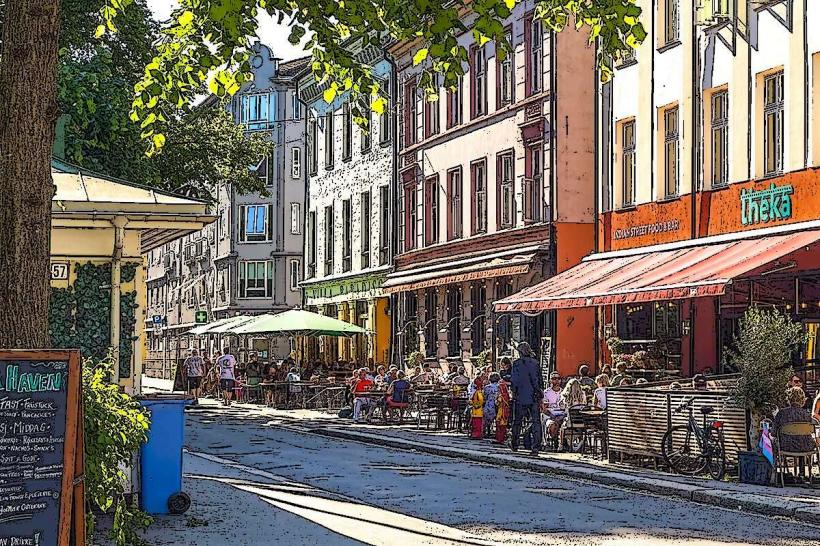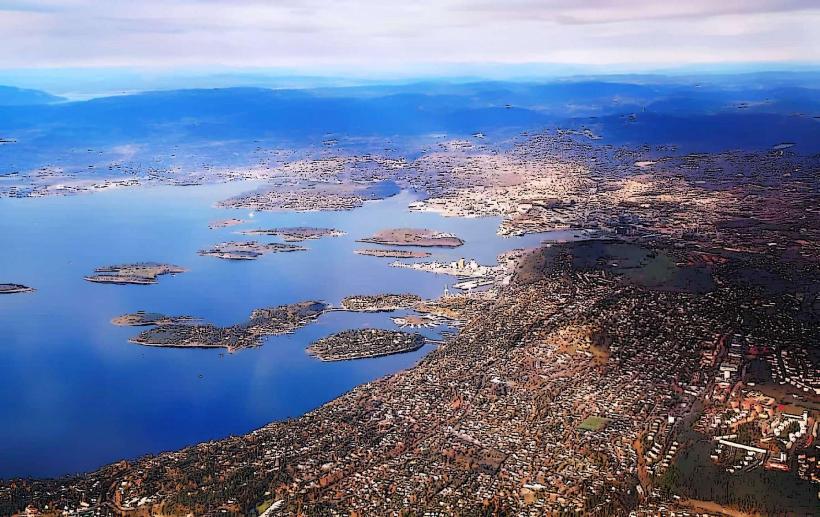Information
Landmark: Norwegian Resistance MuseumCity: Oslo
Country: Norway
Continent: Europe
The Norwegian Resistance Museum (Norges Hjemmefrontmuseum) is located within the grounds of Akershus Fortress in Oslo, Norway. The museum is dedicated to the history and efforts of the Norwegian resistance movement during World War II, which fought against the Nazi occupation of Norway from 1940 to 1945. The museum provides a comprehensive and moving account of the courage, struggles, and sacrifices of ordinary Norwegians who resisted Nazi rule and contributed to the eventual liberation of Norway.
History and Background
- World War II and the Nazi Occupation: Norway was invaded by Nazi Germany on April 9, 1940, in an operation known as Operation Weserübung. The country was occupied for five years, and many Norwegians took part in resistance activities, ranging from sabotage and espionage to covert military operations and providing aid to Allied forces.
- The Norwegian resistance movement was diverse, with members coming from various political backgrounds, and they operated under different organizations, including the Milorg (the Norwegian Home Front), the Oslo Gang, and the Norwegian Special Operations Executive (SOE).
- The museum was established to honor the memory of the people who resisted Nazi occupation, as well as to document the events, stories, and key moments of the Norwegian resistance.
Exhibits and Collections
The Museum’s Structure:
- The museum is housed in Akershus Fortress, which itself played a significant role during the occupation. The fortress served as both a military site and a place of imprisonment for political prisoners during the war. The location is symbolic, as it is connected to the Norwegian military history and the resistance struggle.
- The museum's exhibits are spread across multiple rooms and areas within the fortress, each highlighting a different aspect of the resistance movement. The museum aims to present the full range of experiences, from civilian efforts to large-scale sabotage operations.
Artifacts and Documents:
- The museum contains a vast collection of artifacts, photos, documents, and personal stories that reflect the experiences of resistance fighters, prisoners, and civilians. Visitors can see original uniforms, weapons, radio equipment, and personal items that belonged to resistance members.
- Letters and diaries from individuals involved in the resistance offer intimate insights into their lives, motivations, and the dangers they faced. The museum also showcases key historical documents, such as posters, leaflets, and propaganda materials that were used by the resistance to spread anti-Nazi messages.
Sabotage and Military Operations:
- A significant portion of the museum focuses on the military resistance efforts, particularly sabotage missions carried out by the Norwegian resistance groups. One of the most famous operations was the Vemork raid, which targeted the heavy water plant in Rjukan, a key German facility that was part of the Nazi nuclear weapons program. The mission is regarded as one of the most successful sabotage operations of the war.
- Visitors can learn about the planning and execution of these covert operations and how the resistance helped to disrupt German supply lines, sabotage key infrastructure, and assist in the escape of Allied soldiers.
Espionage and Intelligence:
- The museum also highlights the role of espionage in the Norwegian resistance efforts. The museum showcases how members of the resistance networked with the Allied intelligence services, passing vital information about German movements, military plans, and resources. This information was crucial in helping the Allies make strategic decisions during the war.
- Visitors can explore how the Norwegian intelligence operations were run, the use of radio transmitters for communication, and the risks involved in espionage activities.
Civilian Resistance:
- The museum also honors the civilian resistance, which involved everyday Norwegians who risked their lives by refusing to comply with Nazi orders, hiding Jewish families, distributing underground newspapers, and providing shelter and support to Allied pilots.
- The civilian resistance was often carried out in secret, and the people involved faced grave risks, including imprisonment and execution. The museum provides a voice to these unsung heroes, whose actions were critical in maintaining the morale of the Norwegian population.
The Role of Women:
- The museum features a focus on the important role women played in the resistance. Women were involved in a variety of activities, including acting as couriers, spying, and participating in underground operations. Their efforts were often less visible but equally vital to the overall resistance movement.
- Women such as Else Hætta, who worked with the underground organization Osvald Group, are highlighted for their bravery and contributions to the cause.
Post-War and Liberation:
- The museum also looks at the post-war period, covering the liberation of Norway and the challenges the country faced after the Nazi occupation ended. The museum reflects on how the resistance played a key role in restoring Norwegian sovereignty and democracy, and the efforts to rebuild the country after the devastation of war.
- The museum also honors those who did not survive the war, including those who were executed or died in concentration camps.
Interactive Exhibits and Education
- The museum includes interactive displays that allow visitors to engage with the history of the resistance movement through multimedia installations, including short films, photographs, and sound recordings. These interactive elements help bring the past to life, allowing visitors to better understand the experiences of those who fought against the Nazis.
- Guided tours are available for those who want a more in-depth understanding of the museum's exhibits. The knowledgeable guides provide detailed accounts of the resistance operations and the challenges faced by the individuals involved.
Importance of the Museum
- Preserving History:
- The Norwegian Resistance Museum is a vital institution for preserving the history of Norway’s fight against Nazi occupation. By sharing the stories of those who resisted, the museum ensures that future generations understand the importance of courage, unity, and patriotism in times of crisis.
- Commemoration and Education:
- The museum serves as a reminder of the sacrifices made by the Norwegian people during World War II and the resilience they showed in the face of overwhelming adversity. It also plays an educational role, teaching about the nature of resistance movements and the moral complexities of war.
Conclusion
The Norwegian Resistance Museum is an essential stop for anyone interested in the history of Norway during World War II, the resistance efforts that contributed to the defeat of Nazi Germany, and the personal stories of bravery and sacrifice. Through its detailed exhibits, artifacts, and emotional accounts, the museum honors those who fought for Norway’s freedom and independence. Located within Akershus Fortress, the museum is not only a tribute to the past but also an educational and reflective space for understanding the impact of resistance movements in shaping history.

